Sandwiched between our two planned safaris in Kenya and Tanzania, we carved a week out to explore the spice island of Zanzibar, where we enjoyed its famous beaches, explored its biggest city, Stone Town, visited the endemic Red Colobus monkeys, and took a cooking class at one of the many spice farms still in operation on the island. Then plans changed when my folks decided to join us for the safari in Tanzania, so we extended our trip on the island a few days to better time our arrival back on the mainland, making it a round ten days of exploration and relaxation.
Zanzibar has a very colorful history, as it was not only famous for its spice trade, but also its ivory and slave trade. First the Portuguese ruled it for about two hundred years from 1503-1698. Then, Arabs from Oman ruled it until the later part of the nineteenth century, when it came under the British empire as a protectorate. In 1964, there was a revolution on Zanzibar and the revolutionaries won. Shortly thereafter, Zanzibar joined with the mainland country of Tanganyika and became Tanzania, a combination of Tanganyika and Zanzibar. Due to the Arab rule, Zanzibar is predominantly Muslim today, so it has a completely different feel than mainland Tanzania, which is predominantly Christian. Stone Town was an epicenter in the slave trade, where most of the business was done with Arabs and Indians; whereas West Africa slave traders did business with Europe and the Americas. We were told that Zanzibar was the last slave market to be shut down, in 1897.
 Inside an old hammam and that was pretty neat. Our little tour guide would sing softly at times to showcase the effects of the building’s acoustics, he had a really nice voice too. It was cute.
Inside an old hammam and that was pretty neat. Our little tour guide would sing softly at times to showcase the effects of the building’s acoustics, he had a really nice voice too. It was cute.
Renting a car, which we found somewhat necessary, was a fun way to explore the island. Firstly, there were very few “muzungus” like us — white people — who drove the car themselves; most were driven around by local drivers. So we got a lot of stares from the locals. There is a popular custom there where people standing along side the road will flag down a ride from anyone passing by on the road. Many times, when someone was doing this and realized we were driving, they would stop flagging us down, which we found amusing. But a few didn’t realize whom they were flagging down, and one time we stopped for a woman who, when she saw us in the car, put both hands over her mouth as if she was so embarrassed, and didn’t know what to do next. “Hi!” we said. She did enter the car, albeit uneasily. Shortly thereafter, we were flagged down by the police for speeding (there were no speed limit signs) and given a verbal warning, and we’re sure that this ride was the hot topic of conversation at her dinner table that night.
We had gotten a recommendation from the Mangrove Lodge, where we stayed for the first portion of our visit, for a few activities to enjoy during our stay. One of the events they recommended was a spice tour at a farm which calls itself, and get this, “Guwakamole farm”, but don’t let the name fool you as we can’t recall seeing any avocado trees on the farm. Even though Zanzibar produces a whopping 75% of the world’s cloves, there was a mind boggling litany of spices grown on the small farm: cloves, pepper, vanilla, nutmeg, cinnamon, cardamom, lemongrass, ginger…the list goes on and on. If this were not enough, they fed us an incredible meal of fish with a spice masala rub along with potato curry and another bean like dish. The meal was so wonderful we inquired about the cooking class they had on offer, and so just like that we agreed to turn up the following morning for our introduction to all things cooking Zanzibarian. It appears as though this cooking class theme was starting to get catchy, being now the third country where we honed our skills in the culinary arts.
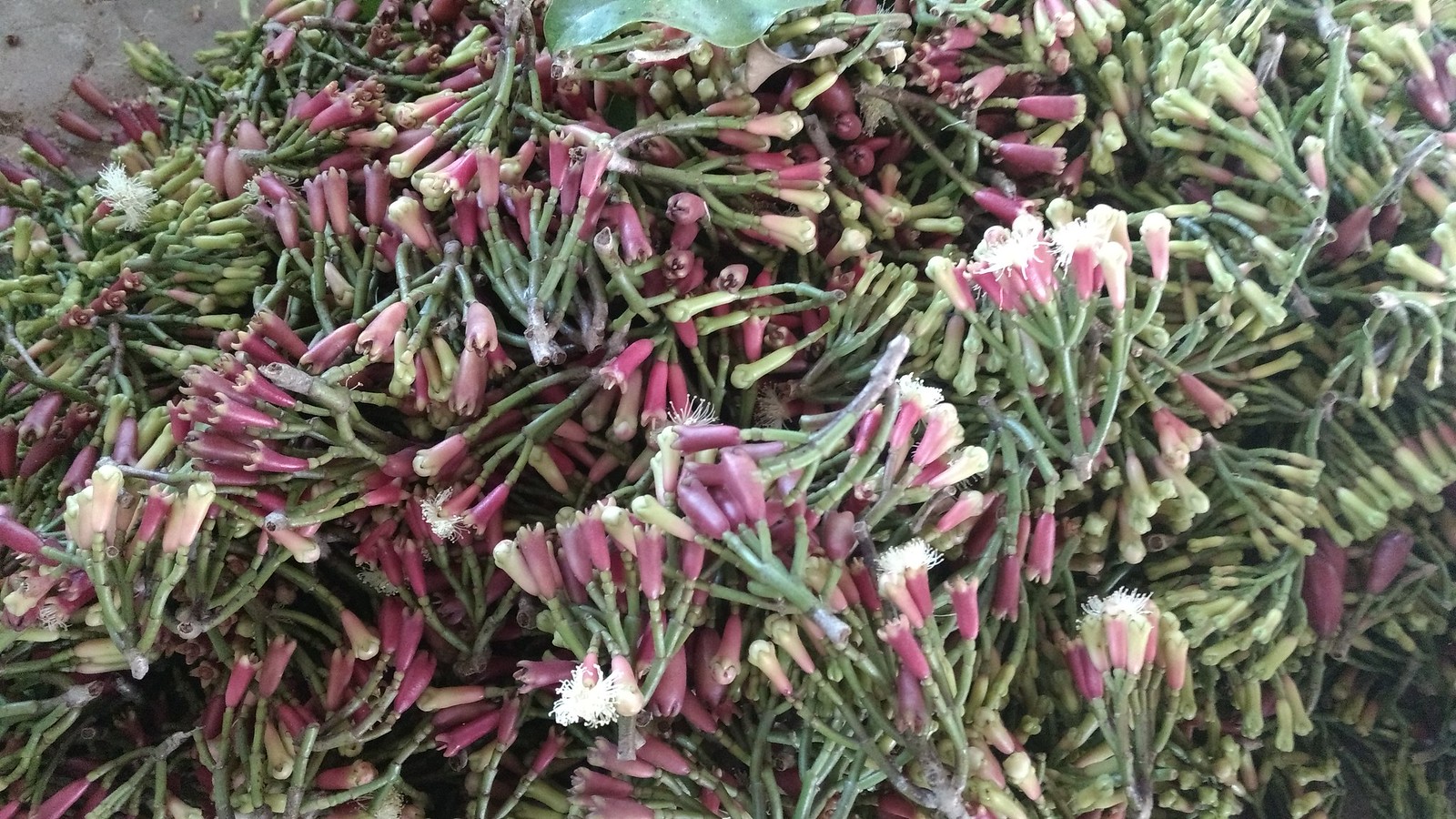 Fresh cloves, just harvested, before they are plucked from the branches and then dried.
Fresh cloves, just harvested, before they are plucked from the branches and then dried.
After exploring a little more by car we finally settled in for a four day stay in Stone Town at the Princess Salme hotel, which was in a historical building. Stone Town felt and looked like one had stepped back into time into an old and bustling port town. The streets and alleyways were very narrow; too narrow for cars. The buildings and architecture were a blend of mid nineteenth century colonial style mixed in with old Arab mansions and grand Indian residences and still others of the the older Swahili civilization, and seemed to lean this way and that with second and third floor balconies sort of shifting in the balance. It was fascinating, and though its restoration was in no way comparable to Cartagena, it felt much less befouled by tourism than that port city.
 Man in typical Arabic Muslim dress.
Man in typical Arabic Muslim dress.
Then there were the famous doors. These were massive teak and mahogany slabs with relief carvings of remarkable detail and each subtly different from the next. These carvings depicted the social standing, religious practices and occupation of the owner. Many of the doors also sported large brass studs to ward off attacks from war elephants during the Indian tribal wars of the Punjabi, a popular style brought into Stone Town by Indians merely for decorative purposes. You can tell the Arab doors from the Indian doors, not only from the elephant protection, but also by the shape of the top, and by the chains that were always carved into the Arab doors.
 A typical Indian door, rounded at the top
A typical Indian door, rounded at the top
Feeling that we could use a little beach time before heading out on our next safari, we set off for the eastern part of the island to enjoy a few days of some powdery, talcum-fine, and blindingly white sand between our toes and to watch the kite surfing that Zanzibar was so famous for these days. At low tide we could walk out a very long ways in mere inches of water to look at the crabs, sea stars, and other sea life that lived in the small tide pools that were created in the sand. We ate twice at a local “restaurant” called Karibu (Swahili for “welcome”), which was really just a small room with three tables attached to a guy’s house. It was owned by Hassan, a real character whose wife did the cooking. It was fabulous food, served family-style and Hassan attempts to stuff you until you don’t want to eat for days. Then, he sends more home with you. Speaking of good food, the place we stayed was run by a Turkish couple who were escaping the stressful lives they lived in Istanbul, so as a bonus we got to enjoy some authentic Turkish food as well.
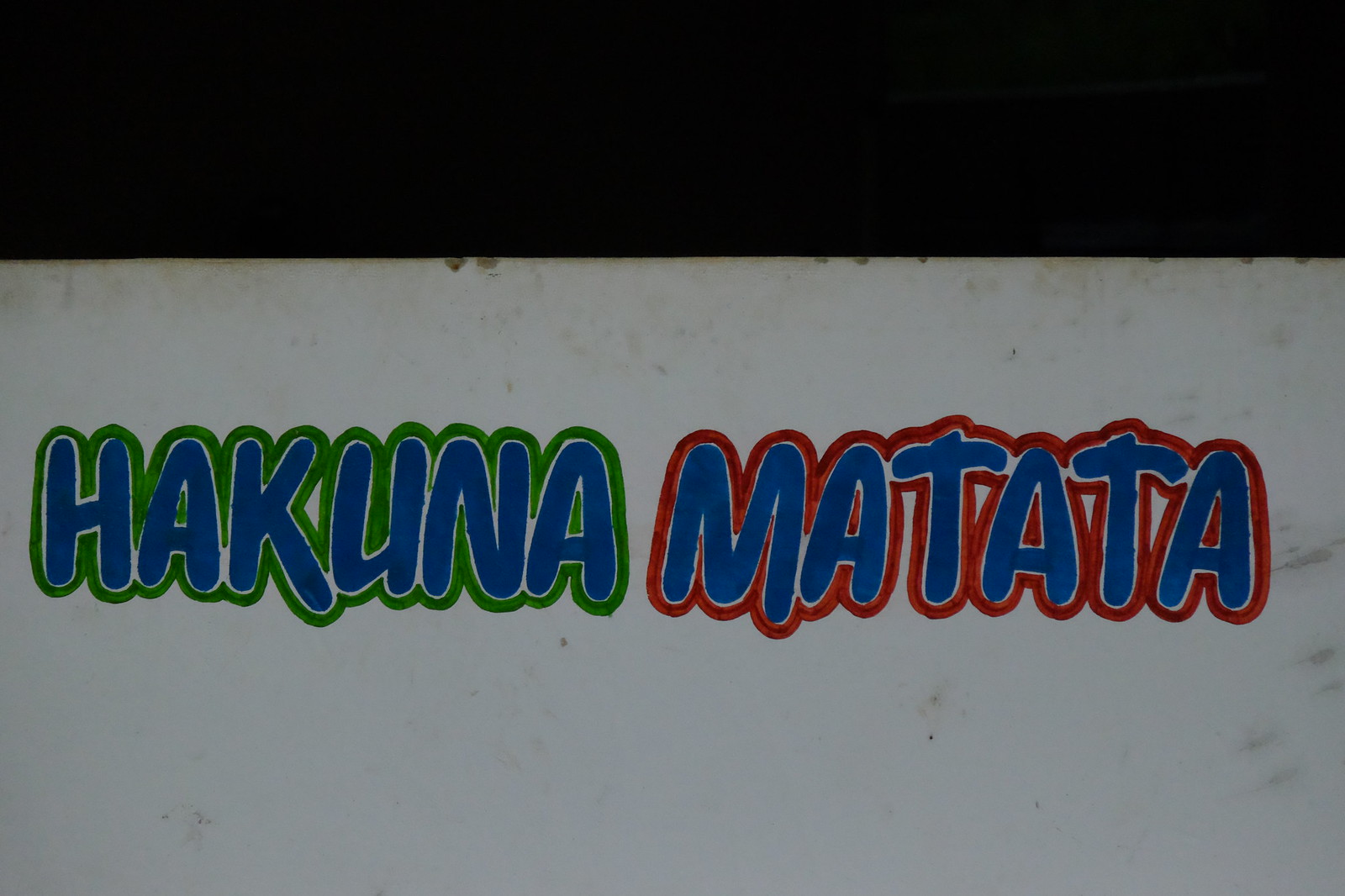
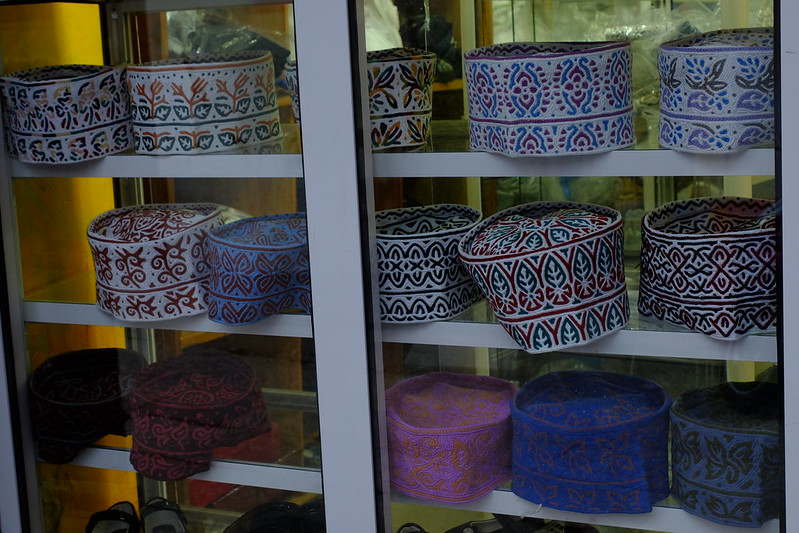


















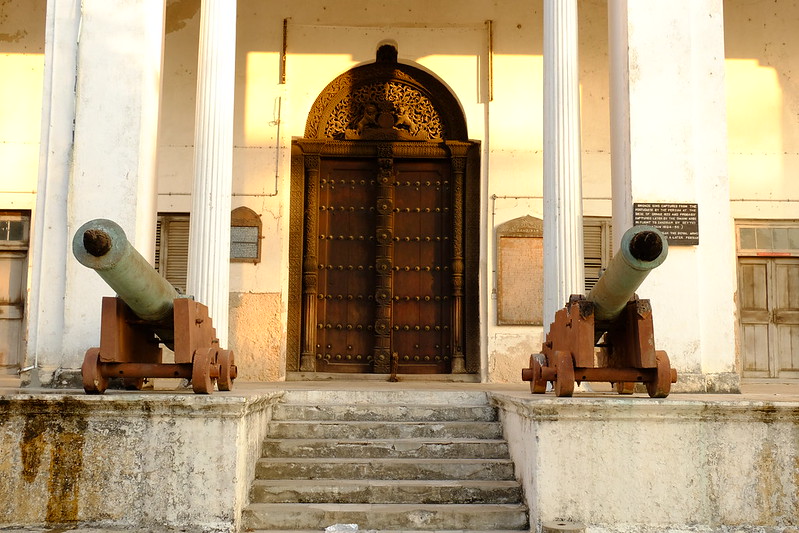

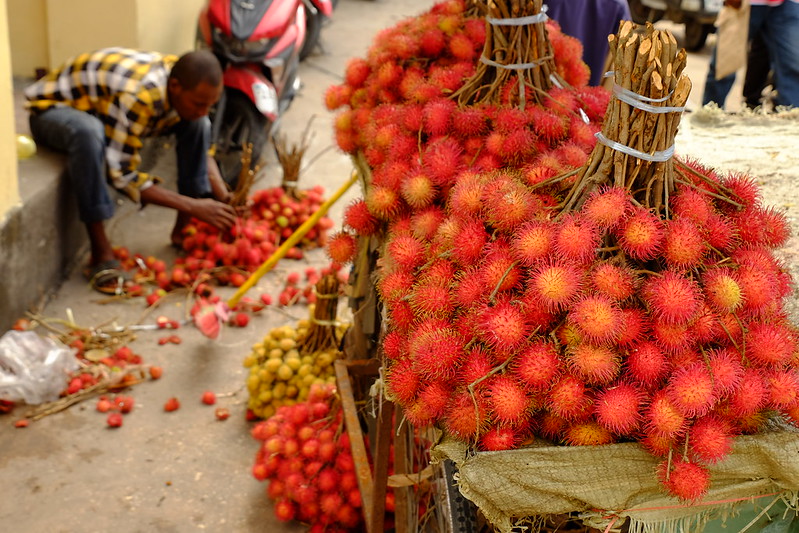







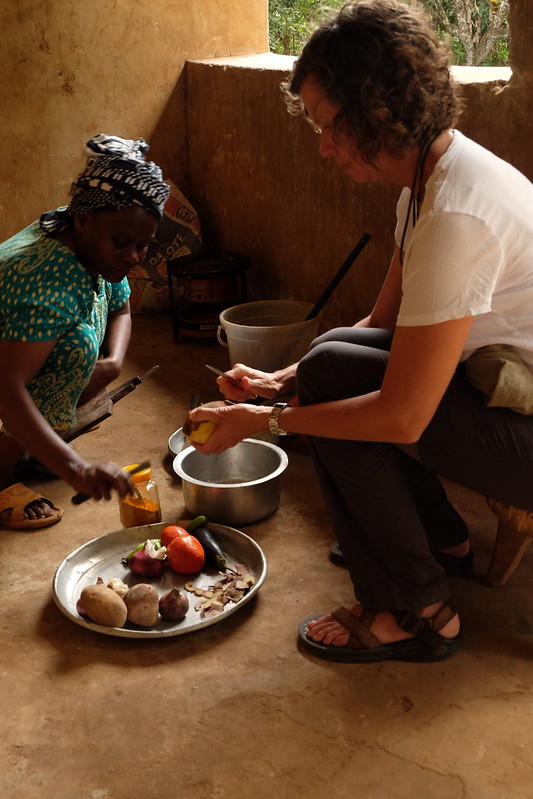

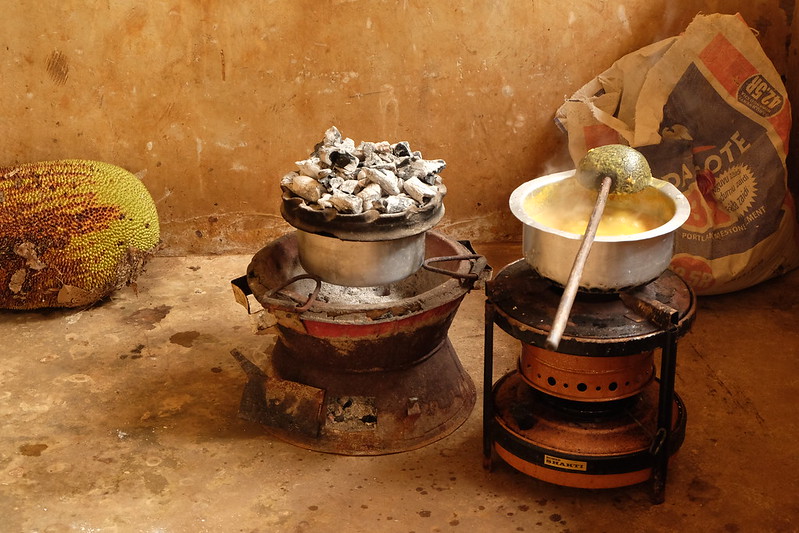




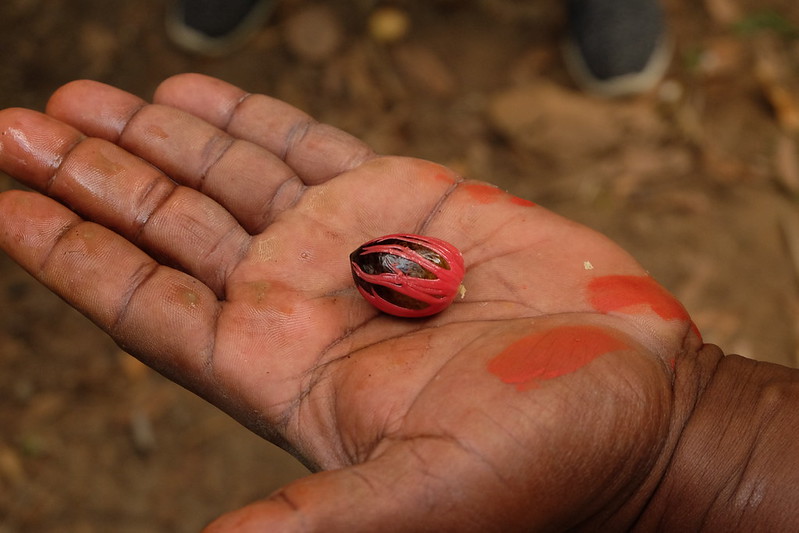

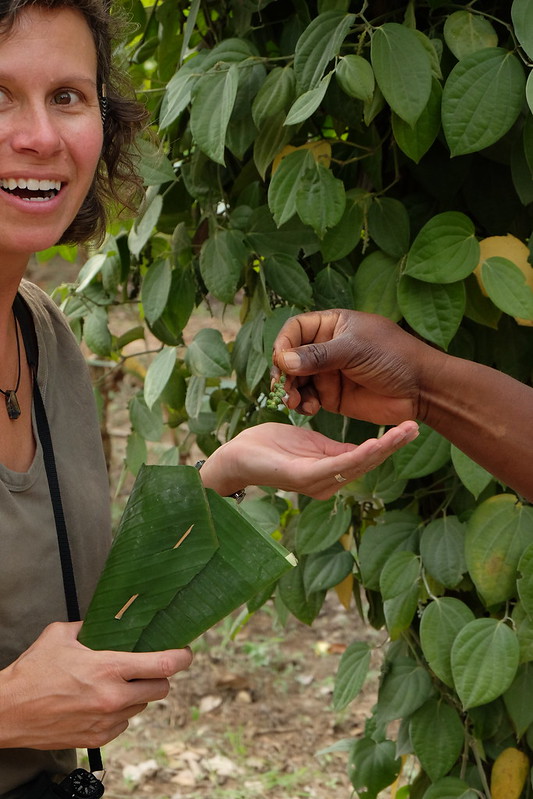

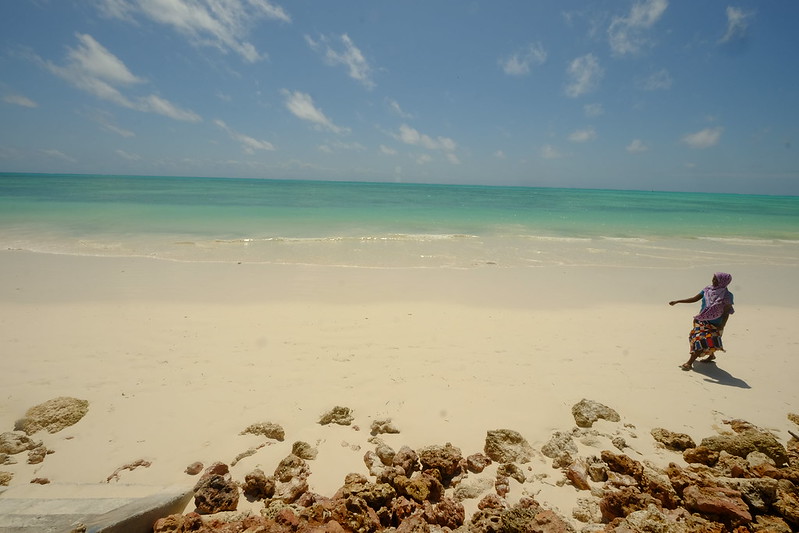


4 replies